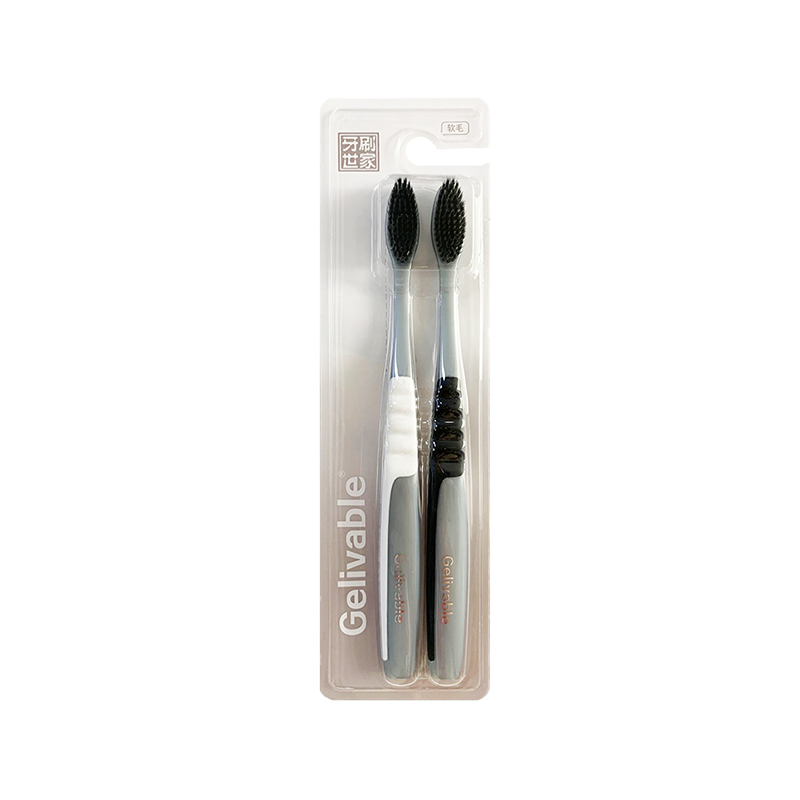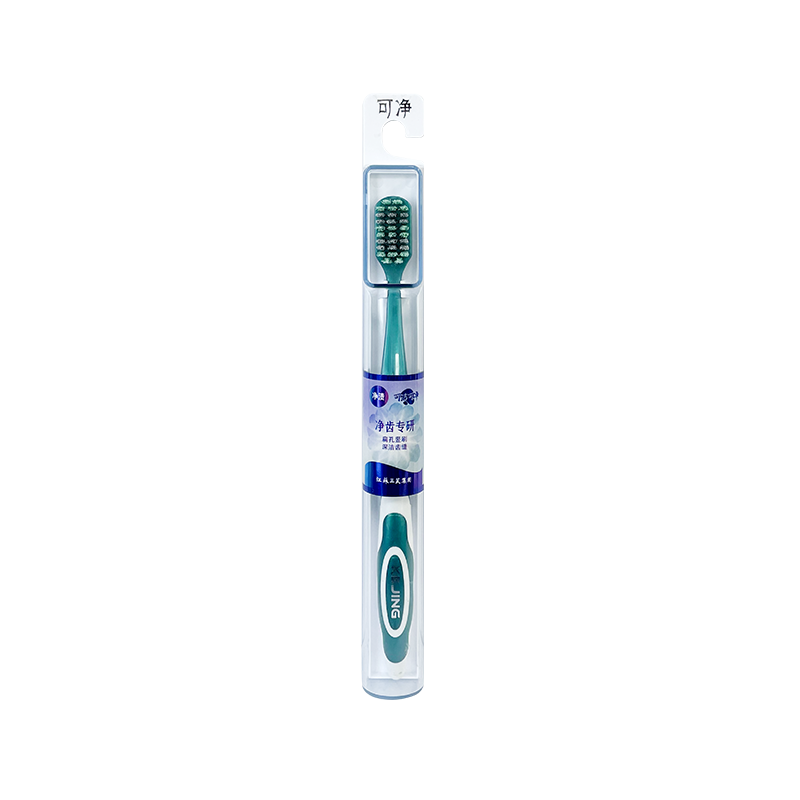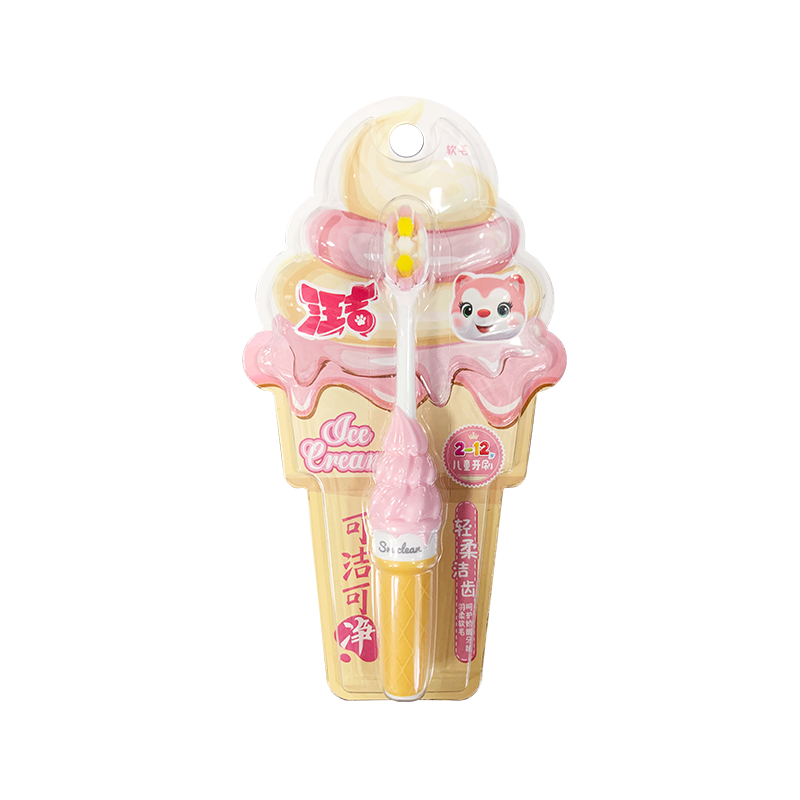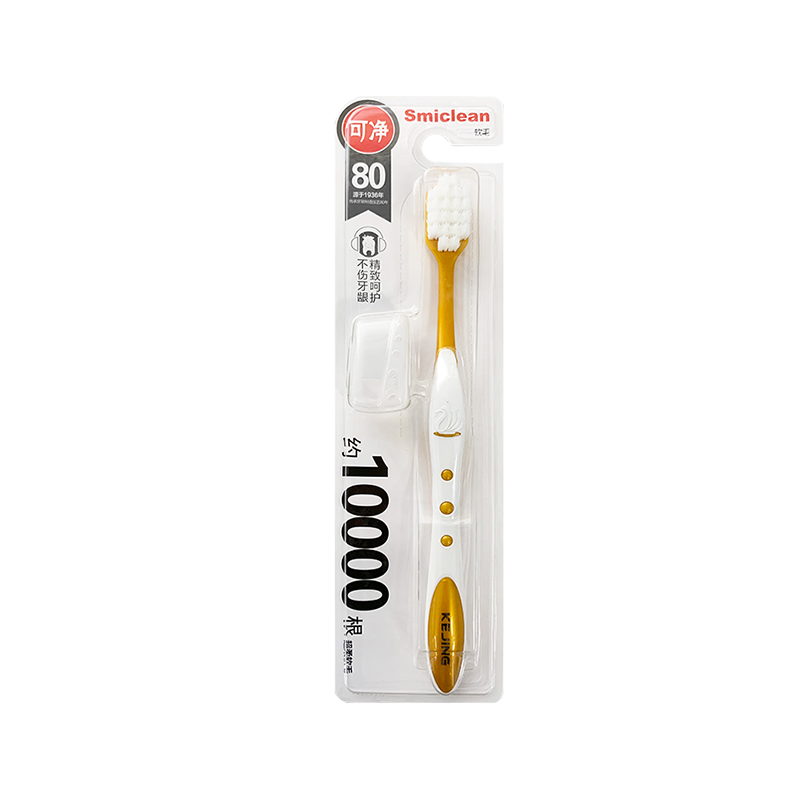How Often Should Manual Toothbrushes Be Replaced for Optimal Oral Health?
Maintaining proper oral hygiene is a cornerstone of overall health, and a key tool in this effort is the manual toothbrush. Despite the rise of electric toothbrushes, manual toothbrushes remain widely used due to their affordability, portability, and simplicity. However, the effectiveness of a manual toothbrush depends not only on proper brushing technique but also on how frequently it is replaced. Using a worn-out toothbrush can compromise oral health, leading to plaque buildup, gum disease, and other dental problems.
This article explores how often manual toothbrushes should be replaced, why it matters, and additional tips for maintaining oral hygiene.
1. The Role of a Manual Toothbrush in Oral Health
A manual toothbrush consists of a handle and a head equipped with bristles. Its primary functions include:
- Removing Plaque: Plaque is a sticky film of bacteria that accumulates on teeth and gums. Regular brushing prevents it from hardening into tartar.
- Cleaning Tooth Surfaces: Bristles reach into the grooves of teeth to remove food particles and debris.
- Stimulating Gums: Gentle brushing helps maintain gum health by promoting blood circulation.
The bristles’ condition and effectiveness play a crucial role in achieving these goals. Over time, bristles become worn, frayed, or flattened, reducing their ability to clean effectively.
2. Signs That a Manual Toothbrush Needs Replacement
Recognizing when a toothbrush needs replacing is essential. Common signs include:
2.1 Worn or Frayed Bristles
- Bristles that splay outward or lose their shape are less effective at removing plaque.
- A worn brush may miss hard-to-reach areas, allowing plaque and bacteria to accumulate.
2.2 Discoloration
- Bristles may change color due to prolonged use or accumulation of toothpaste and food particles.
- Discolored bristles can indicate bacterial buildup.
2.3 Unpleasant Odor
- A toothbrush that smells musty or develops an unpleasant odor may harbor bacteria or mold.
2.4 Time-Based Replacement
Even if a toothbrush appears in good condition, it may still need replacement due to bacterial accumulation over time. Most dental professionals recommend timely replacement to maintain oral hygiene.
3. Recommended Replacement Frequency
3.1 Standard Recommendation
- Every 3 to 4 Months: Most dentists suggest replacing a manual toothbrush every three to four months, even if it looks intact. This period allows bristles to maintain their cleaning efficiency.
3.2 After Illness
- Immediately After Illness: If a person has had a cold, flu, or any contagious illness, replacing the toothbrush is advisable. Germs can linger on bristles, increasing the risk of re-infection.
3.3 Children’s Toothbrushes
- More Frequent Replacement: Children often chew on toothbrushes, which can damage bristles faster. Replacing their toothbrush every two to three months ensures effective cleaning.
3.4 Special Considerations
- People with weakened immune systems, gum disease, or braces may need to replace toothbrushes more frequently due to increased bacterial exposure and the need for precise cleaning.

4. Factors That Influence Toothbrush Wear
Several factors determine how quickly a manual toothbrush wears out:
4.1 Brushing Technique
- Excessive Pressure: Brushing too hard can cause bristles to bend or fray faster.
- Proper Technique: Gentle, circular motions preserve bristle integrity and prevent gum damage.
4.2 Frequency of Use
- Brushing more than twice daily can accelerate wear. While frequent brushing is necessary, using a toothbrush beyond its optimal lifespan reduces effectiveness.
4.3 Bristle Material
- Soft Bristles: Less abrasive, ideal for sensitive gums, but may wear out faster.
- Medium or Hard Bristles: Last longer but can damage enamel and gums if used improperly.
4.4 Toothpaste Composition
- Toothpaste with abrasive particles or whitening agents can accelerate bristle wear.
5. Hygiene Considerations for Manual Toothbrushes
Even with timely replacement, proper care of toothbrushes is essential:
5.1 Rinsing After Use
- Thoroughly rinse the brush under running water to remove toothpaste and debris.
5.2 Proper Storage
- Store toothbrushes upright and in a well-ventilated area to allow bristles to air-dry.
- Avoid covering the brush completely, as moisture can promote bacterial growth.
5.3 Avoid Sharing
- Never share toothbrushes, as this can transfer bacteria and viruses.
5.4 Sanitization (Optional)
- Some people occasionally dip toothbrush heads in antibacterial mouthwash or use UV sanitizers to reduce microbial load.
- While not necessary with proper replacement, it may offer extra protection during illness.
6. Choosing the Right Manual Toothbrush
Replacement frequency is just one factor; selecting an appropriate toothbrush is equally important:
6.1 Bristle Type
- Soft Bristles: Recommended for most adults to prevent gum recession and enamel erosion.
- Medium Bristles: Can be used if teeth are less sensitive.
- Hard Bristles: Typically not recommended due to the risk of gum and enamel damage.
6.2 Head Size
- Small Head: Easier to reach back teeth and tight spaces.
- Large Head: May clean faster but struggle with precision in smaller mouths.
6.3 Handle Design
- Ergonomic handles improve grip and brushing technique, reducing excessive pressure.
6.4 Indicators for Replacement
- Some toothbrushes have color-coded bristles that fade over time, signaling the need for replacement.
7. The Consequences of Delayed Replacement
Using an old toothbrush beyond its effective lifespan can have several consequences:
7.1 Reduced Plaque Removal
- Frayed bristles cannot reach between teeth and along the gum line, leading to plaque buildup.
7.2 Gum Irritation and Disease
- Worn brushes may scrub unevenly, irritating gums and increasing the risk of gingivitis.
7.3 Increased Bacterial Exposure
- Toothbrushes harbor bacteria, fungi, and viruses, which multiply over time and may contribute to oral infections or bad breath.
7.4 Compromised Oral Hygiene
- Ineffective brushing may lead to tooth decay, cavities, and enamel erosion, necessitating costly dental treatments.
8. Tips for Extending Toothbrush Lifespan
While regular replacement is essential, proper care can help maintain effectiveness between changes:
- Rinse Thoroughly: Remove toothpaste and debris after each use.
- Store Upright and Dry: Keep the brush in an upright holder with airflow.
- Avoid Hard Brushing: Use gentle motions to reduce bristle fraying.
- Limit Contact with Other Brushes: Prevent cross-contamination.
- Use a Toothbrush Cover Sparingly: Covers can trap moisture; only use them when traveling.
By following these practices, toothbrushes remain effective throughout their recommended lifespan.
9. Recommendations from Dental Associations
Major dental organizations provide guidance on toothbrush replacement:
- American Dental Association (ADA): Replace toothbrushes every three to four months or sooner if bristles are frayed.
- British Dental Association (BDA): Emphasizes the same three-to-four-month interval, highlighting that toothbrushes used during illness should be replaced immediately afterward.
- World Health Organization (WHO): Advises proper toothbrush hygiene and timely replacement to reduce microbial risks.
Following these recommendations helps maintain optimal oral hygiene and overall health.
10. Conclusion
Maintaining oral health requires not only proper brushing technique but also timely replacement of manual toothbrushes. Key points to remember include:
- Replacement Frequency: Every 3–4 months, or sooner after illness or visible bristle wear.
- Signs of Wear: Frayed, discolored, or misshapen bristles indicate the need for a new brush.
- Proper Care: Rinsing, upright storage, and avoiding cross-contamination extend toothbrush effectiveness.
- Selection Matters: Choose the right bristle type, head size, and handle design for your oral care needs.
- Health Risks of Delay: Prolonged use of worn brushes can lead to plaque buildup, gum disease, and increased bacterial exposure.
By adhering to these guidelines, individuals can maximize the effectiveness of manual toothbrushes, ensuring clean teeth, healthy gums, and a reduced risk of oral health problems. Regular replacement, combined with proper brushing habits, is a simple yet powerful strategy for maintaining a healthy, confident smile.
 English
English русский
русский Español
Español




